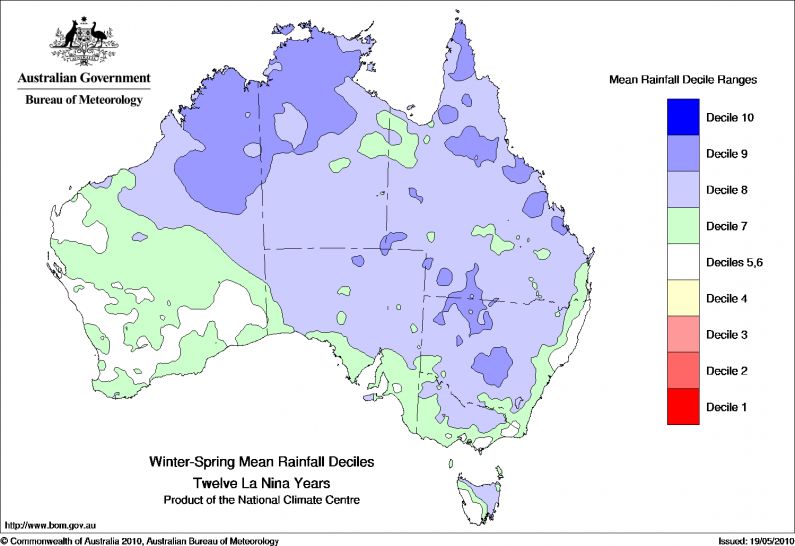Australia in winter
Australia in winter
Since Australia is located in the Southern Hemisphere, the order of the seasons is a mirror image of the order in the Northern Hemisphere. This means that when it is summer in the Northern Hemisphere, it is winter in Australia.
Thus, winter in Australia falls approximately between April and September. Generally, the Australian winter is characterized by a warm and dry climate, in contrast to the summer, which is a rainy and hot season. However, in general, temperature differences in Australia are very small, compared, for example, with the European part of Russia.
Features of Winter in Australia
In the winter season, the mainland cools down: in the northern part, on average, by 5-6 ° C; in the south at 10-12°C. An area of high pressure is established above the mainland. The northern coast is under the influence of hot and dry southeasterly winds, it receives practically no precipitation. There is no rain in the interior parts of the mainland either.

Along the south coast and over Tasmania, the westerly wind dominates this season. Unstable weather sets in here with cyclonic rains, so south of 32 ° south latitude there is a winter maximum of precipitation. The only exception is the southeastern margin of the mainland, where relatively cold southwestern winds blow in winter. In this regard, in winter here, as well as in the northern part of the mainland, less precipitation falls than in summer.
Winter in different parts of Australia
The size of the country causes a wide climatic diversity: from deserts to coasts, from tropical forests to snowy mountains. Therefore, there are differences in the climatic conditions of the northern and southern parts of the country.

The northern part of Australia - approximately 40% of the country's territory - is located in the tropical climate zone. In fact, there are only two seasons here - summer and winter. The southern part is located in the temperate climate zone, all four seasons are expressed here:
spring (September - November); summer (December - February); autumn (March - May); winter (June - August).

In the north and northwest of Australia in winter, from May to October, the most favorable weather occurs. The day is hot, the nights are cool. The air becomes dry, the sky is always blue. The ocean water in this part of Australia resembles fresh milk almost all year round. In the cities of Perth and Darwin, the average temperature in winter is +18°C.
On the east coast of Australia, the climate is more similar to that of southern Europe. It is cold here in winter. The average temperature in Brisbane is 18°C, in Melbourne 15°C. There are even night frosts. The water in the ocean does not warm up well, its average temperature in winter is about 11 ° C.

The most favorable weather in winter is in South East Australia. In Sydney, winter resembles winter in the Mediterranean resorts of France and Spain. On a typical winter day, the air temperature here is 16-22°C, sunny days prevail, and there is little precipitation. The water temperature in the ocean in winter is 18°C.
In a special climatic zone of Australia, mountainous regions stand out, where the weather is subject to fluctuations. So, in the capital of Australia, Canberra, the climate is temperate with all the features inherent in mountainous regions. Winter here is cold and snowy. The weather, as elsewhere in the mountains, changes quickly and unpredictably. Throughout the year, large amplitudes of daytime temperature fluctuations are observed: during the day it can be hot, and at night it can be cold, even in the heat it can snow.

A special climate exists in the interior of Australia. It is considered the driest place in the entire Southern Hemisphere. It is hot and dry here in winter. Sea air, sometimes penetrating deep into the mainland, quickly warms up and loses moisture.

High-speed Italian trains in Italy will help you get there quickly and cheaply.


